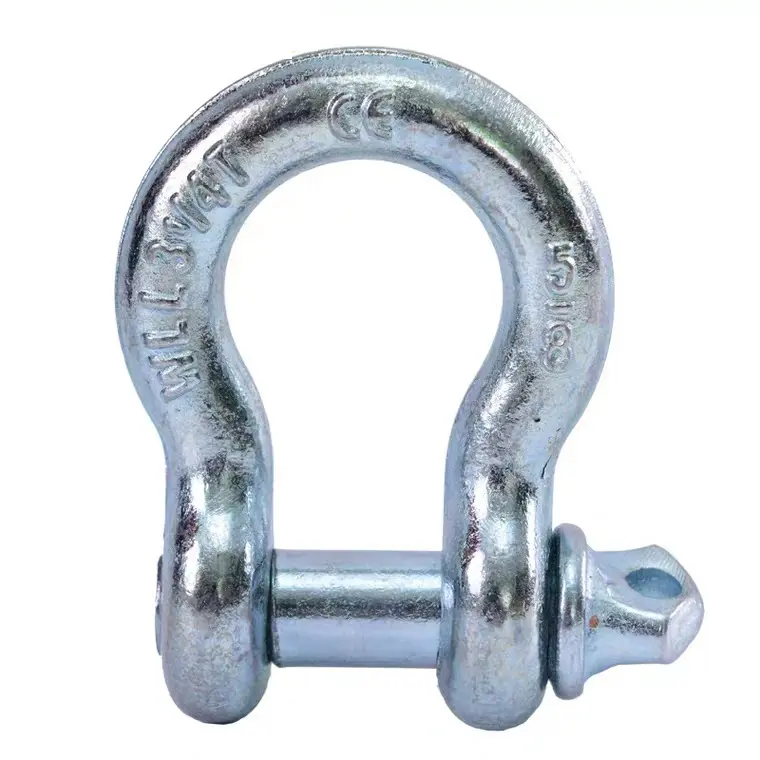News
Aug . 15, 2024 17:57 Back to list
Explore Reliable Sources for Quality Bow Shackles and Their Suppliers in the Market
Understanding Bow Shackles A Guide for Suppliers
Bow shackles are essential components in the realm of lifting and rigging equipment, widely used across various industries, including construction, maritime, and heavy machinery. Their unique design allows for multidirectional loading, making them particularly versatile in lifting applications. As suppliers of bow shackles, it is crucial to understand their features, applications, and market demand to meet the needs of customers effectively.
What are Bow Shackles?
Bow shackles are characterized by their distinctive shape, which resembles a 'bow.' This design enables the shackle to accommodate multiple rigging connections, allowing for greater flexibility in lifting operations. Typically made from materials such as stainless steel or carbon steel, bow shackles are engineered to withstand heavy loads and resist corrosion, making them suitable for both indoor and outdoor applications.
Key Features and Benefits
1. Strength and Durability Bow shackles are available in various sizes and load ratings, with heavy-duty options designed for extreme conditions. The use of high-grade materials ensures longevity and resistance to wear and tear.
2. Ease of Use With a screw pin or a safety bolt, bow shackles are easy to assemble and disassemble, offering convenience for operators. Their user-friendly design makes them ideal for quick connections in dynamic work environments.
3. Versatility The open design of the shackle allows for multiple slings or connections, making it suitable for lifting, pulling, and towing applications. Whether in a construction site or a marine environment, bow shackles can handle various tasks.
4. Safety Features Many bow shackles are equipped with safety locks or retainers that prevent accidental release of the load. This feature enhances the overall safety of rigging operations, protecting both workers and equipment.
bow shackles suppliers

Applications of Bow Shackles
Bow shackles find applications in numerous industries. In maritime operations, they are frequently used to connect ropes, chains, and other lifting equipment when securing loads on ships. In construction, they play a vital role in hoisting materials and machinery, providing the necessary strength to handle heavy weights.
Additionally, bow shackles are valuable in recreational activities, such as sailing and towing sports. Their adaptability makes them a preferred choice for hobbyists and professionals alike.
Market Trends and Demand
As industries continue to evolve, the demand for reliable lifting equipment like bow shackles is on the rise. Suppliers must stay abreast of market trends, including advancements in materials and safety standards. Eco-friendly products are also gaining traction, prompting suppliers to consider sustainable options in their inventory.
The increasing focus on safety regulations across sectors adds another layer of demand for high-quality bow shackles. Customers are looking for suppliers that offer certifiable products, demonstrating compliance with industry standards, which is a significant selling point.
Conclusion
In conclusion, bow shackles are vital lifting components that serve a wide range of industries. Suppliers play a crucial role in ensuring that these devices meet the demands of safety, reliability, and versatility. By understanding the features, applications, and market trends surrounding bow shackles, suppliers can better cater to their customers' needs, ultimately fostering successful business relationships. As the industry continues to advance, staying informed and proactive will be key to thriving in the competitive landscape of lifting equipment supply.
